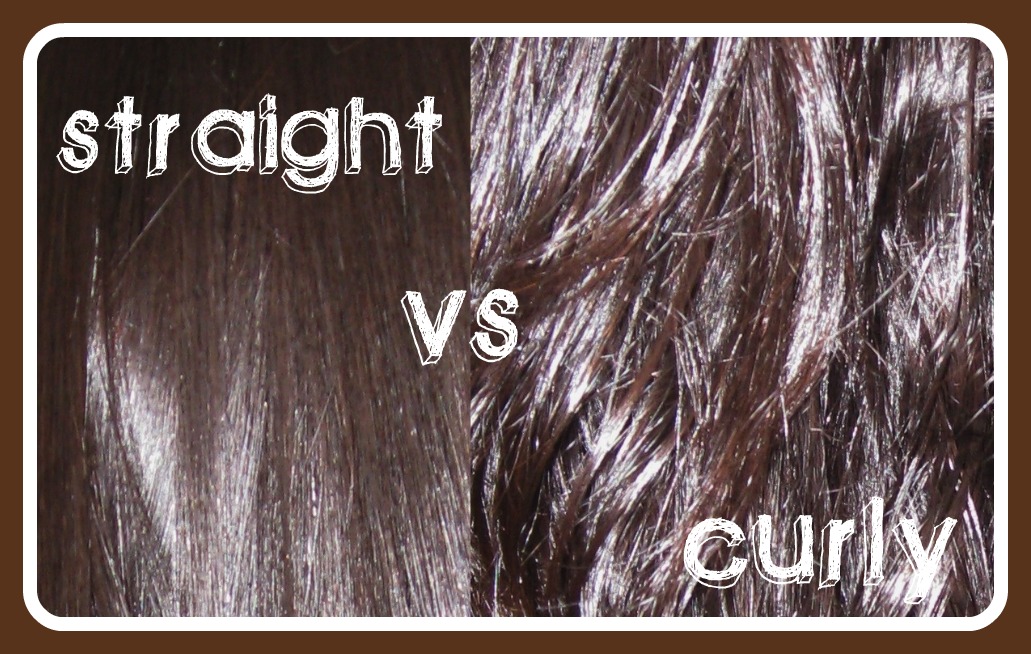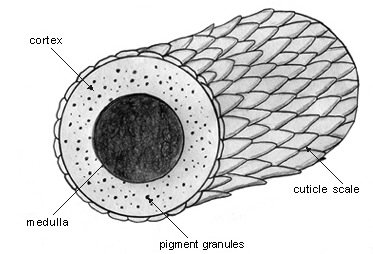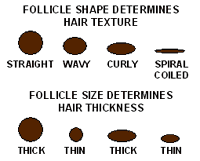
This website was produced as an assignment for an undergratuate course at Davidson College
Home safsaCurly Hair Gene dsafPaper Review 1sdaf Paper Review 2

Background safsaScientific Articles dsafPopular Presssdaf References
Why Does it Matter What Type of Hair You Have?
At first it might seem like the texture of hair you have is like most other features, blue eyes, brown hair, and that distinctive ski jump nose: interesting to look at, but in the grand scheme of things not that important. However a recent survey by Pantene would suggest otherwise, more than half of all women reported being madder at their hair than at their significant other during the past month. All that frustration stems from one thing: trying to change the texture of their hair. Curly headed girls want straight hair and straight haired girls want curly hair. This desire leads women to spend, on average, $50,000 on their hair over the course of their lifetimes. It also adds up to a staggering two and a half years spent washing, drying, and styling hair. As a natural curly haired girl, I understand the sheer amount of time some women devote to their hair. Before I had my hair chemically straightened, and expensive and potentitally dangerous process, I probably spent somewhere between two and three hours each week straightening my hair.
Figure 1: The distribution of hair textures among people of European descent. The majority have straight hair (45%), followed by wavy (40%) and finally curly (15%).
What Is Hair Made Of?
Until quite recently little was known about European hair, most studies had been done to determine the genetic cause of typical Asian hair (thick and straight). By performing large scale scans Fujimoto et al. were able to identify an Asian specific 1540C allele of the EDAR gene that they believe is the major genetic determinant of Asian hair thickness. The thickness of hair plays a role in how curly or how straight someone's hair is, but is not the base cause.

Image from Louise Pierre
Figure 2: A cross section of hair.
Around 90% of your hair is made up of keratin, a fibrous protein. There are many different kinds of keratins, and in addition to hair they also key components of both skin and nails. In the hair keratin monomers bind with one another to form long filaments. One way that they bind is through disulfide bridges that occur between individual cysteine amino acids. These disulfide bridges between different areas of the hair shaft are the ultimate cause of curliness (as well as the bad smell when your hair burns, thats from the sulfur).
If Everyone's Hair is Made of Keratin What Causes Different Texture?

Image From Understanding Genetics
Figure 3: Follicle shape and size are the major determinants of hair texture and thickness.